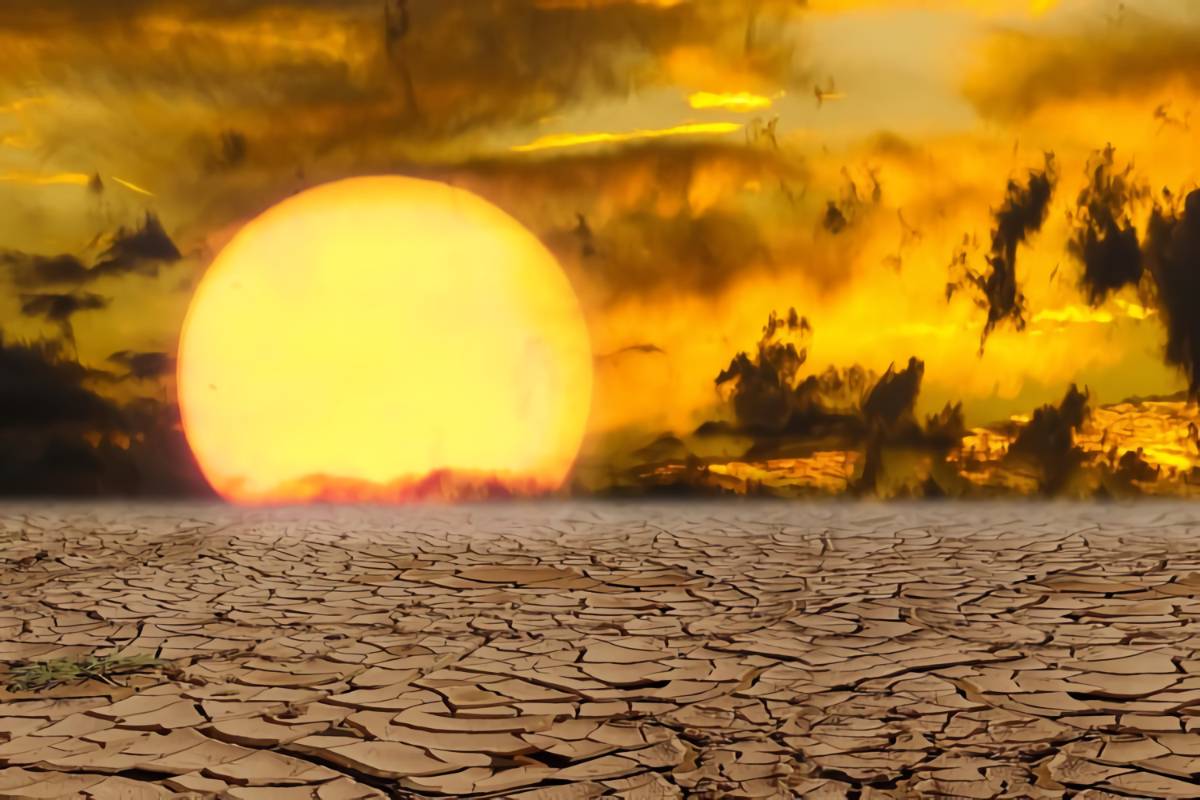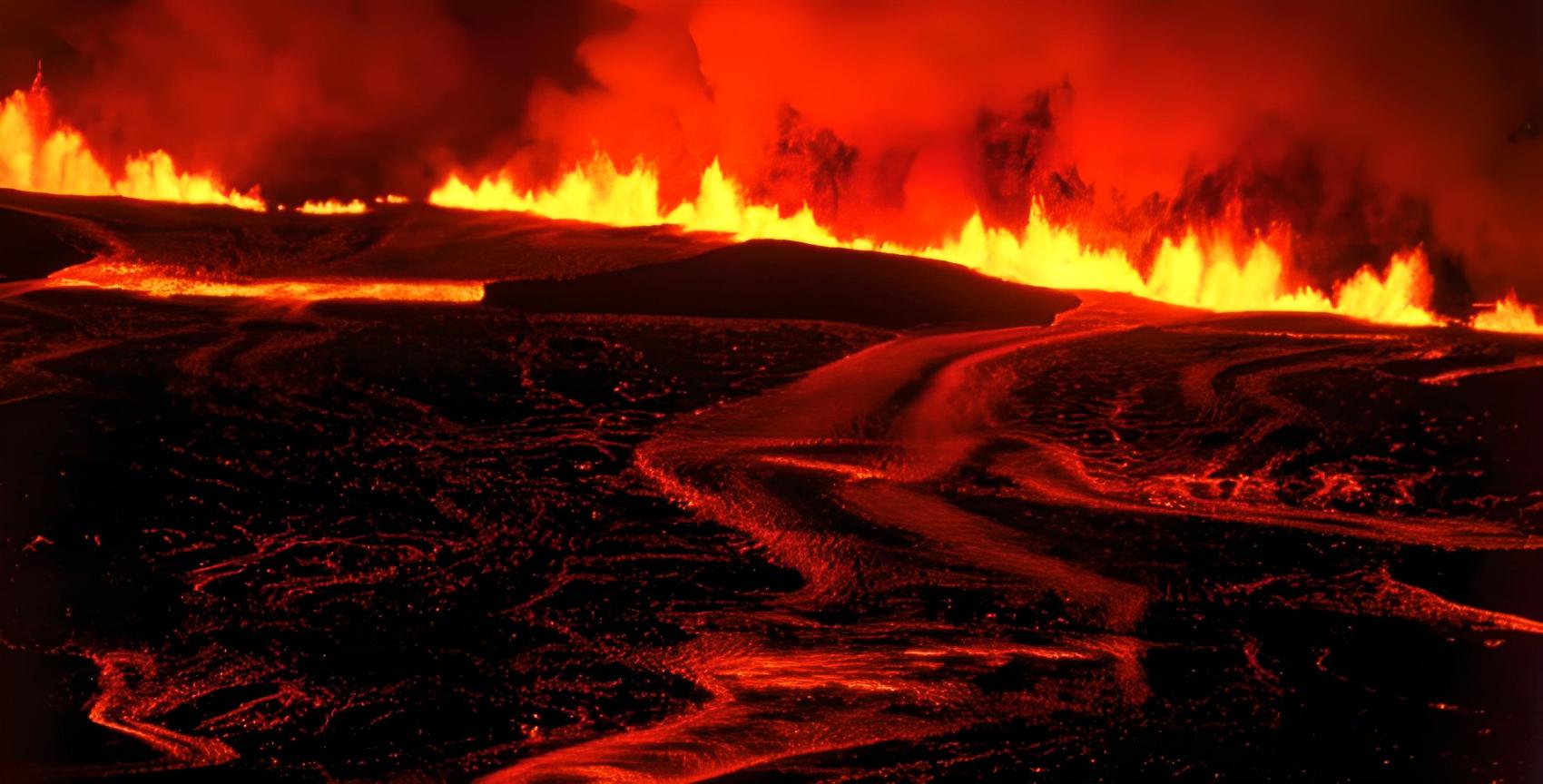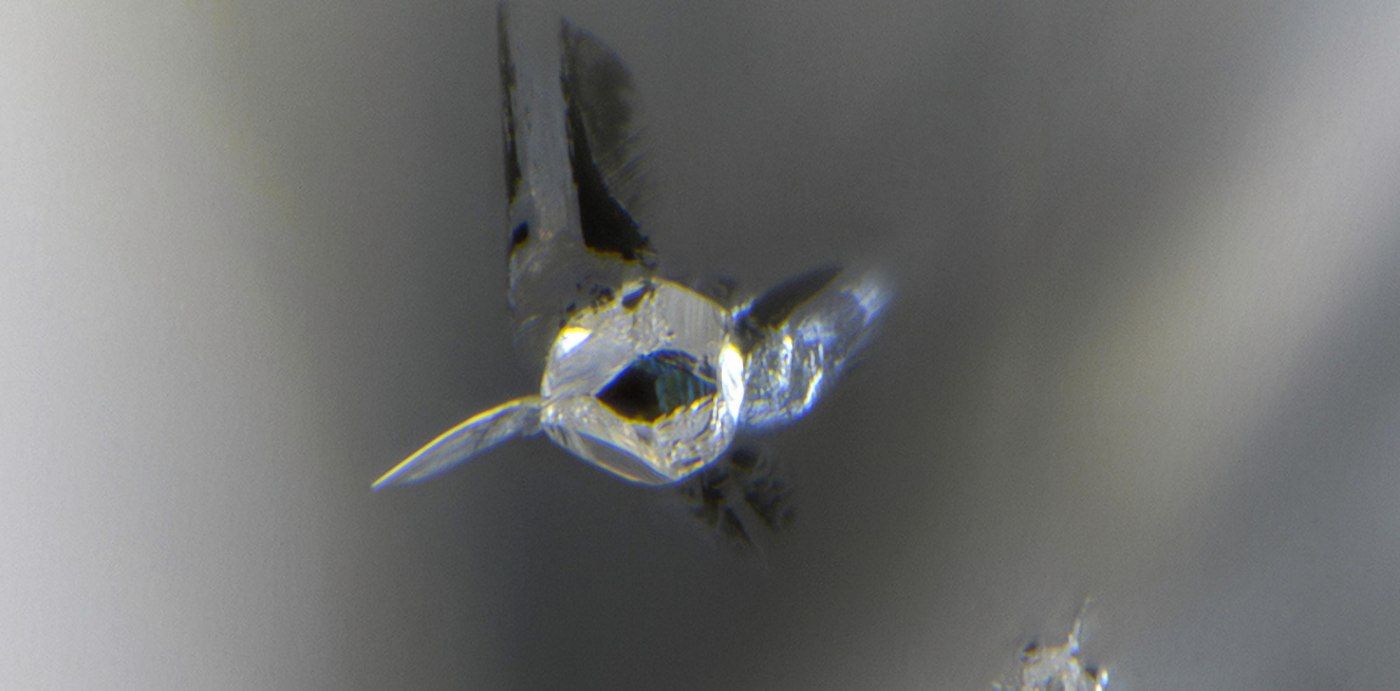How does drought affect the soil? Drought is a lack of water that occurs as a result of lower precipitation or higher evaporation. More evaporation occurs due to high temperatures, but also due to wind. A meteorological drought means that it is one to two months drier than usual. Even long after a drought is over and the soil has long since become waterlogged again, scientists can still tell that it has been exposed to drought.
This was recently shown by an experiment. Researchers created extreme drought in a greenhouse for a meadow. The bacteria active in the soil did not like it at all: their number decreased and they were less active overall. This is a disadvantage for the soil because the bacteria are important for nitrogen fixation and ensuring the soil breathes. The fungi in the soil, on the other hand, benefited from the drought.
Even two months after the end of the artificially induced drought, the original biological state had not been regained: soil bacteria had not recovered in terms of numbers or activity. Plants in the greenhouse also changed. Fast-growing grass species tolerated the lack of water better and spread more than slow-growing grasses. The experiment showed that droughts have a lasting impact on the soil habitat.
How do plants react to dry soil?
If the soil is too dry, this can have serious consequences for plants. When the roots of a plant realize that there is a lack of water, they send out a kind of alarm signal: a stress hormone is released that causes the stomata, the small pores in the leaves, to close.
Stomata are important for photosynthesis, in which the plant converts carbon dioxide and water into oxygen and glucose. Carbon dioxide enters the leaf through them, and oxygen and water exit.
A plant can prevent about 90% of water loss in soil
However, when a plant suffers from drought stress, it tries to keep the water with it and therefore closes its stomata. This prevents about 90% of the water loss. Exactly how much varies from plant to plant.
However, if the stomata are closed due to drought, photosynthesis no longer takes place, and so the plant does not grow. There may be fewer flowers or no flowers at all. Or there may be less or nothing left to harvest because grains, fruits, or vegetables cannot ripen properly. The taste of fruits and vegetables may also deteriorate.
The drought stress on plants can be more clearly visible on fruit and vegetable shelves in summer: tomatoes, apples, and carrots can remain significantly smaller than in times when there is sufficient water.
In extreme cases, a plant can die
Drought is bad for farmers and consumers, but the situation is not yet existential for the plant itself. It only becomes so when the stomata do not close sufficiently. If water is still missing, the plant’s tissue collapses because the internal pressure is no longer there. It’s like a trampoline in that its fabric doesn’t have enough stretch. The plant wilts and there is a risk that it will die.
But too little water not only makes plants thirsty but also starves them. An international research team evaluated studies in which 26 different tree species were exposed to drought stress experiments. Although carbohydrates and other nutrients were available, the trees starved. Without water, the nutrients could no longer be transported into the trees.
How do animals in the soil react to drought?
Not all animals are equally sensitive to heat and drought. Earthworms, for example, have no problem with drought. Their comfort temperature is between 50 and 60 degrees Fahrenheit (10 and 15 degrees Celsius). If the soil gets too warm and too dry, they simply burrow deeper into the earth. In extreme cases, they even curl up into a ball and hold a kind of summer sleep. Earthworms can survive dry periods well with this strategy – but then they become out of sight for other animals. For example, for the mole.
Moles have a hard time with the drought
The mole specializes in earthworms but they live one or two stories higher than earthworms during droughts. This is because moles dig a widely branching system of tunnels underground, but this only reaches down to a depth of about 3.3 feet (1 meter). Another problem for moles is their highly developed metabolism: they need around 1.8 ounces (50 g) of food a day and they need something to eat almost all the time, otherwise, they quickly starve to death.
Digging new, deeper burrows only works to a limited extent in dry conditions. Instead, they search for food on the surface. But this is risky for the moles since they are then more easily become prays.
Can a lot of rain at once save the soil from drought?
Not necessarily. It may sound strange, but puddles or flooded areas are not an indication that the soil is sufficiently waterlogged. That’s because even if water is collecting on the surface, the soil may be very dry and in desperate need of water.
Heavy rain is no use
This happens especially when it rains a lot within a short time, for example, during heavy rain. Soil cannot absorb such a quantity of water so quickly, especially if it is very dry.
This is because the so-called hydraulic conductivity of soil changes which means if the soil is dry, it takes longer for the water to seep through than if the soil is moist.
Like baking in the kitchen
The phenomenon also occurs in the kitchen when baking: An already liquid cake batter can be mixed with water relatively easily and turned into a mass. However, this is hardly possible if there is only flour in a bowl.
If you dump water or milk onto this dust dry powder, a pool forms on the flour. The liquid does not seep into the flour properly and the flour remains mostly dry. It is the same with dry soil: it takes time for the water to seep through – the drier the soil, the longer.
The water gets into the environment
This means that heavy rain, i.e. a lot of rain in a short time, does not benefit the soil at all. The water does not seep into the ground, but gets into the environment: into streams, rivers, the sewage system, or cellars – a large part also evaporates.
Since the soil does not benefit from heavy rain, hardly any water reaches the plants or trees rooted in it and the drought persists. That’s why rain doesn’t automatically reduce the risk of forest fires.
What kind of rain regenerates the soil?
Dry soil can best store the missing water if it is available evenly for a long time. Meaning: when it rains moderately. Not for hours, but rather for days, or even for weeks in the case of very dry soil.
This is the rain British people are most familiar with which causes many people to be in a bad mood. However, nature is helped immensely by this long-lasting rain because the water can seep into the soil very slowly over a long period and neither runs off nor evaporates. Light, continuous rain ensures that the water seeps exactly where it is needed.
How long does it take for soil to store enough water?
Soils are generally rather poor at absorbing water. Water is slow to infiltrate. Generally, heavy soil takes more time to recover than light soil when it comes to droughts.
Heavy and therefore good soil contains a lot of clay and thus, stores water optimally. However, it takes a relatively long time to absorb water. Soil can only manage about 0.2 inches (5 mm) of water per hour of rain.
Lighter, sandy soils dry out faster, but also absorb water more easily. 0.8 to 1.2 inches (2 to 3 cm) of rainwater can seep into the soil in an hour.
It can take months for the soil to recover from drought
If summer is very dry, it takes months for the soil to recover from a drought. Even if the top layer, the topsoil, stores water again, it still takes a long time for the water to seep through to the deeper soil layers. This is because the main precipitation does not fall until winter, and the soil only slowly becomes full again.
Bibliography
- 2013, It’s a scorcher – and Ireland is officially ‘in drought’, Irish Independent.
- 2007, Dam project aims to save Aral Sea”, BBC News.
- 2019, What is drought?, Australia, Bureau of Meteorology.






